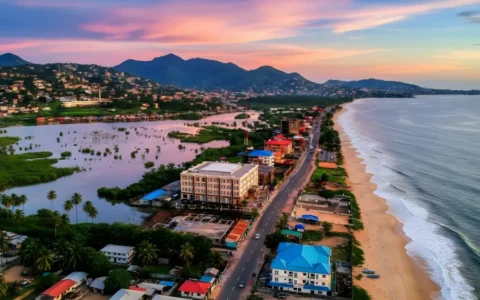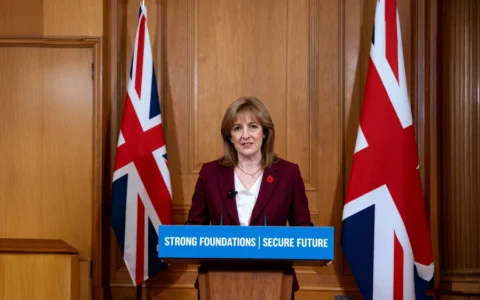On June 27, 2025, the United States Supreme Court made a major decision that affects presidential power and how the courts can block executive orders. The Court ruled that lower courts can no longer issue sweeping nationwide injunctions unless they’re essential to protect specific plaintiffs in a case. This means if some states didn’t challenge Trump’s executive order ending birthright citizenship, that rule could start applying in those states, while in others it remains blocked.
Source: Supreme Court ruling on injunction limits and birthright citizenship, CBS News (cbsnews.com).
When Does It Start?
The Supreme Court said Trump’s order could go into effect in about 30 days after the decision. That means places whose courts didn’t block the executive order may soon enforce it. Meanwhile, states that did challenge it—usually led by Democratic officials—will remain blocked while those lower courts review the case and decide exactly how far the order should apply.
Source: Coverage by CBS News (cbsnews.com).
What’s Left to Decide?
The Supreme Court made it clear this ruling is procedural, not a ruling on whether ending birthright citizenship is constitutional. The justices told lower courts to look more closely at whether state-wide injunctions are needed, or whether the order can be limited just to the individuals who sued. That final decision is scheduled by October 2025, and it will determine whether the rule applies narrowly—or more broadly.
Source: Analysis from The Associated Press (apnews.com).
Why It Matters
This case is about more than citizenship—it’s a shift in how much power the President has. Before, one judge could block a president’s action nationwide. Now, presidents like Trump—or future presidents—can implement controversial executive orders more freely, and challengers will only affect parts of the country unless they file targeted lawsuits.
Source: Insight from New York Magazine (nymag.com).
What Could Happen Next?
Several state attorneys, including Connecticut’s William Tong, are warning this ruling could create a confusing patchwork of citizenship rules: a baby born in one state may get citizenship, while one born in another state may not. Legal experts are already drafting new challenges—class-action lawsuits and more—to seek broader injunctions based on the same 14th Amendment arguments.
Source: Commentary by legal experts in Politico (politico.com).
The Bottom Line
This Supreme Court decision allows parts of Trump’s executive order ending birthright citizenship to become active in some U.S. states, while others remain blocked. A broad decision is still ahead—likely by October 2025—when courts clarify how widespread the order can be. More importantly, the ruling weakens the ability to block presidential action nationwide, making it harder to stop executive policies quickly.






